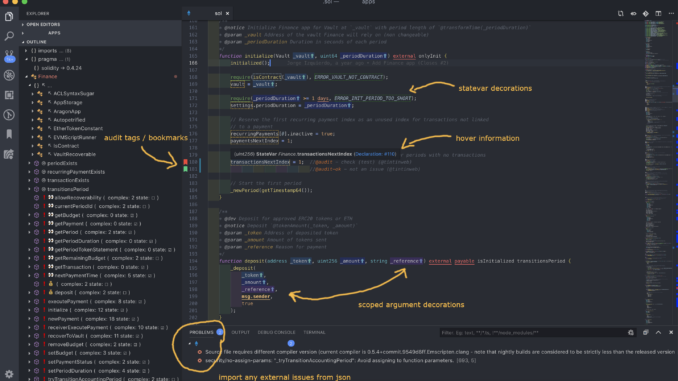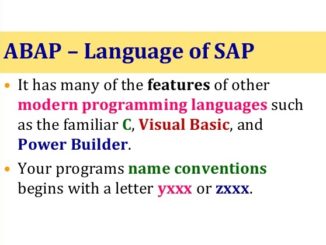
In the data analytics, it is not always easy to identify the appropriate tool for the kind of analytics. In most cases the decision would boil down to the cost of investment. Since that is the case, then it would imply that any tool must have some stand out features in order to justify the price. In simple words, the question always boils down to, “What is the value addition for our customers?”.
Since that is a valid question, we are going to explore the Top 3 differentiating features of the Audit Command Language, which set it apart from its competition, like SAS, MS EXCEL etc.
1. ACL Audit Command Language is GUI Based
Yes, it is hard to imagine how complex operations can be performed using a GUI, but the creators of this tool have given the capability that all actions that are performed using the GUI, are also captured with supporting scripts in the logs. As a result, the tool has a very small learning curve for the both the GUI operations and scripting.
See how to set up an ACL project in the vide below:
See how to leverage the GUI in the ACL tool to your advantage,
2. Data can be refreshed from the source file directly
The second unique feature is that the tool allows us to simply, update the raw data file to reflect any changes in the tables that are imported into any Audit Command Language. This saves time and effort especially, if the data set is very large. It can take considerable time to import a heavy data file again as opposed to simply making any minor updates to the raw file itself and updating the file from source. See the below video demonstration:
3. Work Spaces
ACL Audit Command Language provides this truly differentiating features called the ‘Work Spaces’. These act like smaller siblings of the scripting features in the tool. The work spaces essentially, provide the scripts a reusability. User can simply define the kinds of fields they want from certain raw tables and simply activate these work spaces in the scripts to enable them quickly at any time. See below, how to use the work space:
Other than, MS SQL server and MS Excel, which are available in most places. Audit Command Language does offer some extra value for money as compared most of the available tools in the market for most basic types of analytics needs. It can be said that audit command language is a baseline for tools in the data analytics industry
Proudly WWW.PONIREVO.COM
Source by Mohit Prabhakar



